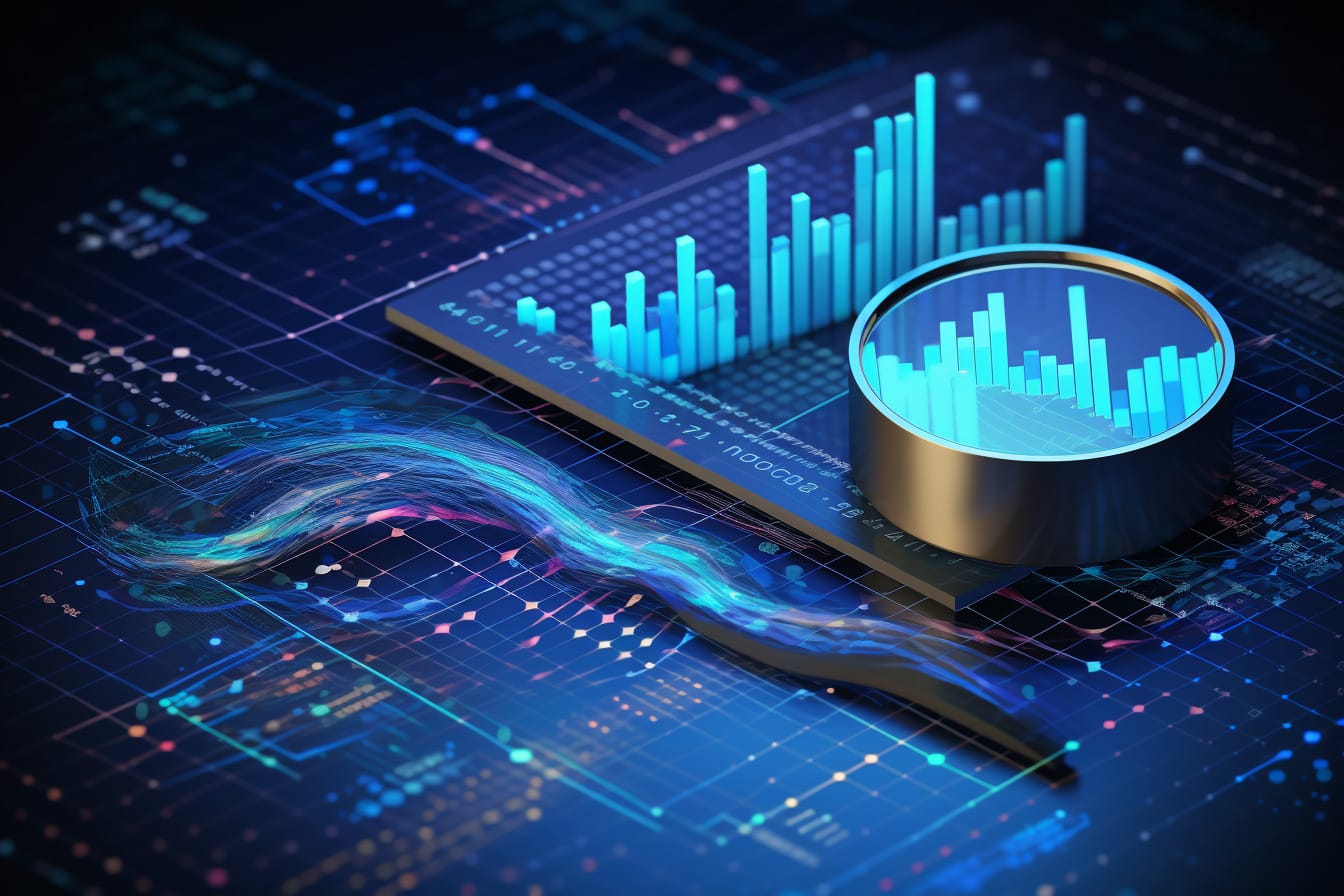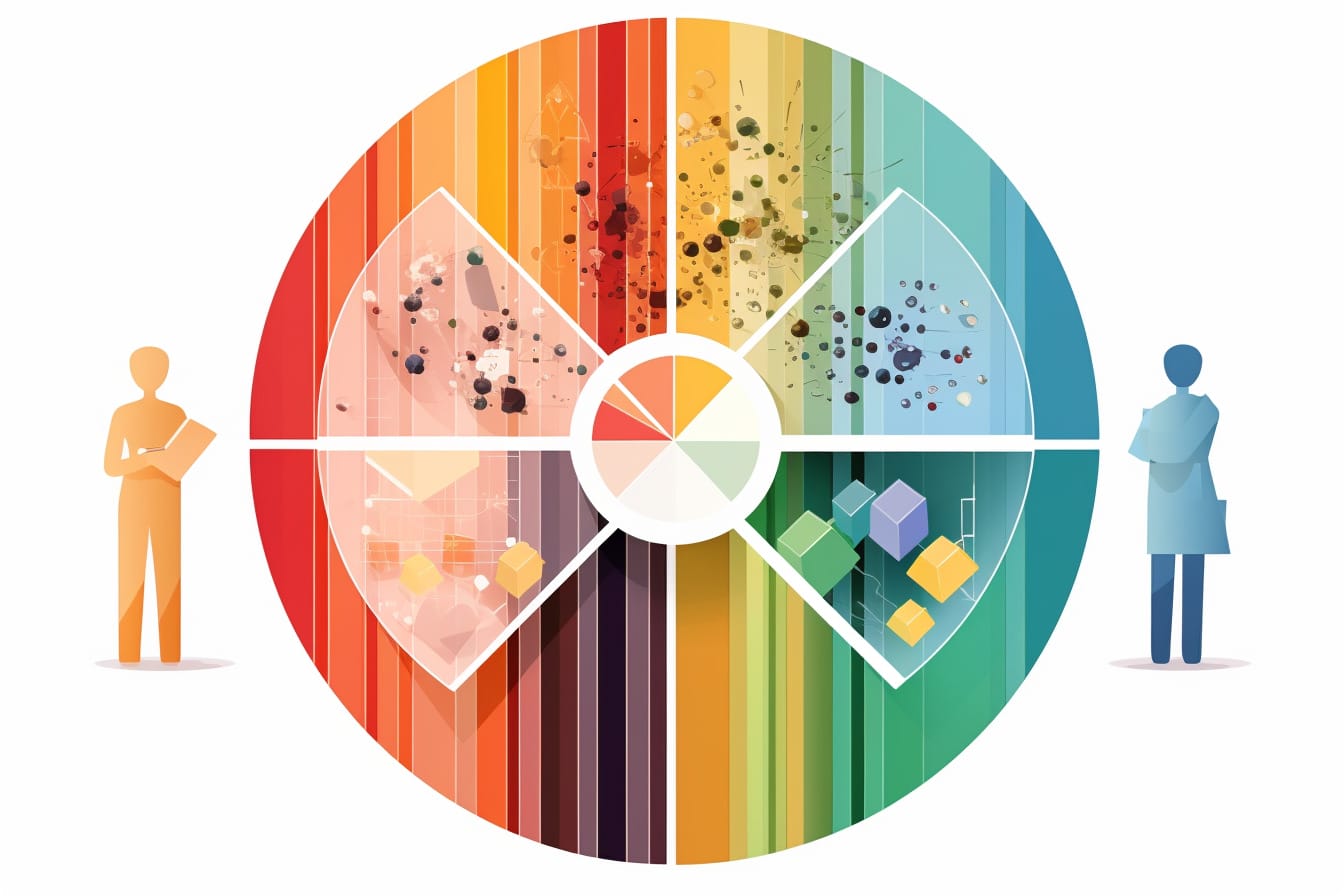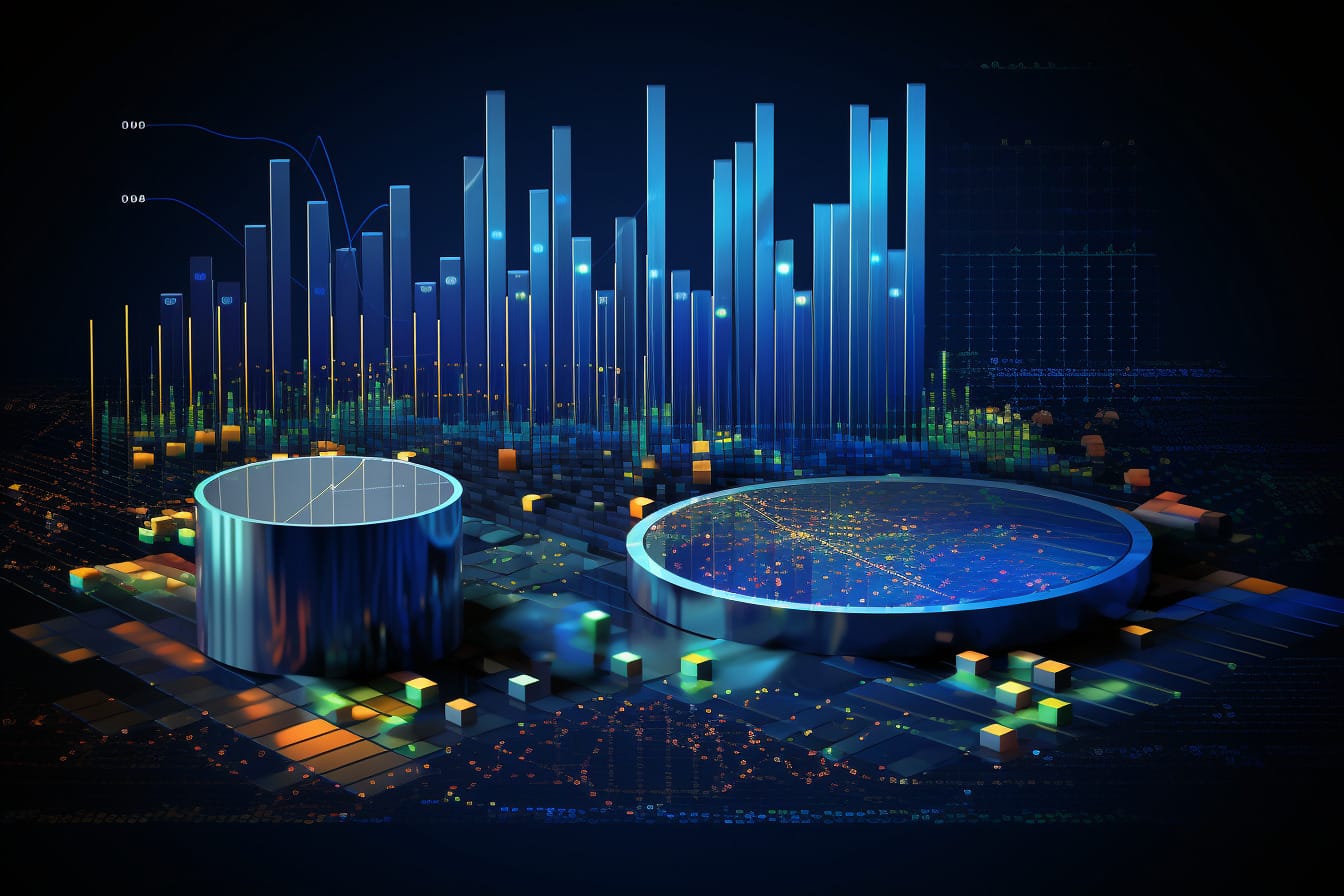Exploring Various Types of Data Analytics
You’re about to dive into the world of data analytics! Don’t feel overwhelmed; we’ll break it down into manageable bits.
You’ll explore descriptive, diagnostic, predictive, and prescriptive analytics. Each type has its power and purpose; understanding their interplay is critical.
So, let’s dig in and demystify the complex language of data. You’re just a read away from becoming savvier about the exciting world of data analytics.
Ready? Let’s get started!
Table of Contents
Understanding Descriptive Data Analytics

While diving into data analytics, you must grasp the concept of descriptive data analytics, as it forms the foundation for all other types of analytics. This type of analytics is all about summarizing and interpreting historical data to identify patterns, trends, and insights. It’s the process of making the raw data understandable and meaningful. You’re essentially answering the question, ‘What has happened?’
Don’t mistake it for a simple process, though. It involves complex statistical calculations and detailed data interpretation. You’ll use it to compile reports, create data visualizations, and make informed decisions.
Diving Into Diagnostic Data Analytics
You’re now ready to delve into the intricacies of diagnostic data analytics, a crucial aspect of data interpretation and decision-making.
Unlike descriptive analytics, which merely tells you what happened, diagnostic analytics digs deeper, striving to explain why it happened.
It involves drilling into data, examining it from different angles, and identifying patterns and correlations.
To do this, you’ll need to master statistical techniques and use data mining tools. It’s about looking at numbers and interpreting them in a context.
For instance, if your company’s sales dipped last quarter, diagnostic analytics helps you determine why it was a product issue, a marketing misstep, or a sudden market shift.
Exploring Predictive Data Analytics

In data analytics, predictive analytics is a powerful tool for forecasting future events based on historical data. It’s like having a crystal ball, where you can see possible outcomes before they occur.
You’re not just looking at what happened or why but what’s likely to happen next. Predictive analytics uses statistical techniques, including data mining, modeling, machine learning, and artificial intelligence, to analyze current data and make predictions.
You can apply it in healthcare, finance, predicting customer behavior, and enhancing business operations. So, you’re not just reacting to events but proactively strategizing based on data-driven predictions.
That’s the power of predictive analytics.
The Power of Prescriptive Data Analytics
Harnessing the power of prescriptive data analytics can significantly enhance your decision-making process, steering your business toward optimal outcomes. This type of analytics predicts what could happen in the future and recommends actions you should take for the best results. It’s like having a trusted advisor who uses data, algorithms, and machine learning to guide your steps.
With prescriptive analytics, you’re not left guessing what to do next. It provides actionable insights based on your data. You’ll see increased efficiency, reduced costs, and improved customer satisfaction. It’s a powerful tool that can transform your business, positioning you for success in a competitive landscape.
Don’t underestimate the power of prescriptive data analytics; it’s a game-changer.
The Interplay Between Different Types of Data Analytics

You’ll often need to use multiple types of data analytics simultaneously to achieve comprehensive insights.
The interplay of descriptive, diagnostic, predictive, and prescriptive analytics gives you a holistic view of your data.
Descriptive analytics tells you what happened, while diagnostic analytics explains why.
Predictive analytics then forecasts what could happen in the future.
Finally, prescriptive analytics advises on the best course of action.
Using these types together, you can understand past performance, diagnose issues, predict future outcomes, and make informed decisions.
Frequently Asked Questions
What is prescriptive analysis?
Prescriptive analysis involves using data and analytics to provide recommendations and make decisions. It goes beyond predicting what will happen and provides advice on what actions should be taken to achieve a desired outcome.
What are some standard data analysis techniques?
Some standard data analysis techniques include statistical analysis, regression analysis, time series analysis, inferential analysis, exploratory data analysis, and more. These techniques help in analyzing data and extracting insights from it.
What are the steps in the data analysis process?
The data analysis process typically involves several steps, including data collection, data cleaning and preparation, data exploration and visualization, data analysis and modeling, and interpretation and communication of results. These steps help in gaining insights from the data to make.
What are the different types of data analysis?
There are several different types of data analysis, including descriptive analysis, diagnostic analysis, predictive analysis, prescriptive analysis, exploratory data analysis, inferential analysis, and more. Each class focuses on a specific aspect of data and serves different purposes.
Conclusion
So, you’ve explored the exciting world of data analytics.
You’ve seen how descriptive analytics summarize raw data and how diagnostic analytics dig deeper to find causes.
You’ve learned how predictive analytics forecast future scenarios and how prescriptive analytics recommend actions.
Understanding these types of data analytics and their interplay allows you to harness data effectively, driving informed decisions and impactful actions.
Keep exploring and leveraging these powerful tools to transform your data into meaningful insights!













